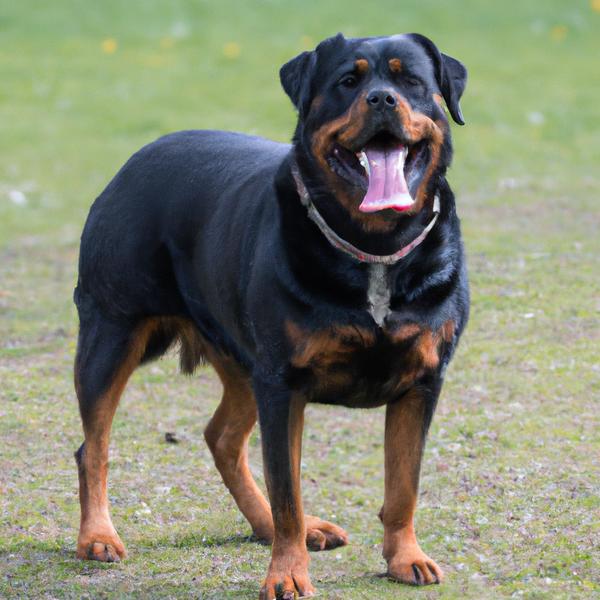New Zealand Heading Dog vs. Springer Rottie: Breed Differences and Similarities
Hypoallergenic
Are New Zealand Heading Dogs or Springer Rotties hypoallergenic, or neither?
Unfortunately, neither New Zealand Heading Dog nor Springer Rottie are hypoallergenic, which may not make them the best choice for dog lovers who suffer from pet allergies.
Temperament
What are the personalities of New Zealand Heading Dog and Springer Rottie dogs?
Intelligent
Willing
Playful
Independent
Energetic
Protective
Alert
Courageous
Intelligent
Affectionate
Loyal
Social
Fearless
Good-natured
Cheerful
Shedding Level
Do New Zealand Heading Dogs shed more than Springer Rotties, or which breed sheds more, New Zealand Heading Dogs or Springer Rotties?
New Zealand Heading Dog or Springer Rottie dogs are not heavy shedders, but they will lose a significant amount of hair each year. To decrease the amount of shedding, you can regularly brush your New Zealand Heading Dog or Springer Rottie. This will remove loose hair and keep their coat growing in the same direction.
Ancestry
What are the origins of New Zealand Heading Dog and Springer Rottie breeds?
Border Collie
Rottweiler, English Springer Spaniel
Date of Birth
When were New Zealand Heading Dog and Springer Rottie breeds first developed?
1867
Unknown
Eye Color Possibilites
What are the eye colors of New Zealand Heading Dog and Springer Rottie dogs?
Brown
Amber
Brown
Nose Color Possibilites
What are the natural nose colors of New Zealand Heading Dog and Springer Rottie?
Black
Black
Coat Color Possibilites
What are the natural colors of the coat for New Zealand Heading Dog and Springer Rottie breeds?
Black
White
Fawn
Black
Brown
White
Coat Length
What is the typical coat length for New Zealand Heading Dog and Springer Rottie breeds?
New Zealand Heading Dogs have medium-length coats.
Springer Rotties have coats that can be either short or medium in length.
Coat Density
What is the density of the coat of New Zealand Heading Dog and Springer Rottie?
Coat Texture
What is the hair texture of New Zealand Heading Dog and Springer Rottie?
Straight
Litter Size
What is the usual litter size for New Zealand Heading Dog and Springer Rottie?
A New Zealand Heading Dog can have a litter of 12-14 puppies on average. However, it's worth noting that the size of the litters can vary greatly. Factors that can influence litter size include the health of the mother, breeding history, and genetics.
A Springer Rottie can have a litter of 8-12 puppies on average. However, it's worth noting that the size of the litters can vary greatly. Factors that can influence litter size include the health of the mother, breeding history, and genetics.
Adaptability
New Zealand Heading Dogs are highly adaptable and versatile, making them excellent companions for families and individuals of all lifestyles.
Springer Rotties are known for their adaptability and can adjust well to different environments and lifestyle changes.
Health Issues
Between New Zealand Heading Dog and Springer Rottie, which breed is more prone to health problems?
The New Zealand Heading Dog and Springer Rottie breeds are commonly healthy with low vet costs, regular check-ups may not be as necessary but it's important to keep an eye on their health and have them checked by a veterinarian when needed.
Major Concerns
What are the major health concerns for New Zealand Heading Dog and Springer Rottie breeds?
None Known
Progressive Retinal Atrophy
Allergies
Hip Dysplasia
Skin Conditions
Minor Concerns
What minor health issues should be kept in mind when owning New Zealand Heading Dog and Springer Rottie?
Ear Health and Infection
Eye Infections
Ear Infections
Elbow Dysplasia
Osteosarcoma
Cancer
Occasional Tests
What occasional tests are recommended for New Zealand Heading Dog and Springer Rottie breeds?
Ear Examination
Eye examination
Complete Blood Count
Regular Full Physical Examination By Veterinarian
Blood Glucose Tests
Skin Evaluation
Blood Count
Eye and Ear Examination
Allergy Testing
Social Needs
New Zealand Heading Dog vs Springer Rottie social needs comparison
New Zealand Heading Dog has above average social needs and thrives with interaction with humans and other dogs.
Springer Rottie has very high social needs and requires regular mental and physical stimulation, a job or purpose, and companionship.
Sleeping Need
Which of the two sleeps the most/least: New Zealand Heading Dog or Springer Rottie?
New Zealand Heading Dogs are active and require sufficient sleep to stay healthy.
Springer Rotties sleep less than other breeds but still need adequate sleep for good health.
Mouthiness
Mouthiness Comparison: New Zealand Heading Dog vs Springer Rottie?
Roaming urge
New Zealand Heading Dog vs Labrador: Running away tendency?
Prey Drive
New Zealand Heading Dog or Springer Rottie - which breed has a higher level of prey drive?
Past times
What are some enjoyable activities and ways to keep New Zealand Heading Dog and Springer Rottie entertained?
Tramping, Fetch, Hunting, Walking, Playing, Running, Long, Basic tricks, Runs, Fetching balls, Walks
Fetch
Activity Level
Which breed has higher energy, New Zealand Heading Dogs or Springer Rotties?
New Zealand Heading Dogs are high-energy dogs. They need mental as well as physical exercise. These dogs require a lot of your involvement and without it they can, and will, become problematic dogs.
Springer Rotties are medium-energy dogs and typically enjoy socializing and playing casual or even sustained games of chase with other dogs. They may also have occasional periods of barking or racing around the house.
Tolerance of being left alone
Walks per Week
How many miles should New Zealand Heading Dog or Springer Rottie walk each week?
There's really no limit to how far you walk your dog as long as they're comfortable. For New Zealand Heading Dog, it's at least 30 miles / week. Just remember to build distance and stamina gradually over time.
There's really no limit to how far you walk your dog as long as they're comfortable. For Springer Rottie, it's at least 10 miles / week. Just remember to build distance and stamina gradually over time.
Activity per Day
Do New Zealand Heading Dogs or Springer Rotties require more exercise?
In general most New Zealand Heading Dogs usually need at least 120 minutes of exercise daily. This can be spread across the day and include all sorts of high-energy activities, like walking, running and playing.
In general most Springer Rotties usually need at least 40 minutes of exercise daily. This can be spread across the day and include all sorts of high-energy activities, like walking, running and playing.
Grooming
Which breed is easier to maintain in terms of grooming, New Zealand Heading Dogs or Springer Rotties?
New Zealand Heading Dog and Springer Rottie are breeds of dogs that require an average amount of grooming effort.
Brushing Frequency
What is the recommended brushing frequency for New Zealand Heading Dog and Springer Rottie dogs?
New Zealand Heading Dog and Springer Rottie should be brushed at least once a week. Of course, you can give them more frequent brushes if you find that they are still shedding a lot.
Brushing Tools
What brushing tools are used for New Zealand Heading Dogs and Springer Rotties?
Pin Brush
Slicker Brush
Deshedder
Nail Clipper
Pin Brush
Deshedder
Nail Clipper
Cups
How much food should be given to New Zealand Heading Dog or Springer Rottie in cups?
For an average 55-66 pound (25 - 30 kg) New Zealand Heading Dog feed 3 cups daily. But, keep in mind, the amount you feed is going to be dependent on the quality of the food you are feeding.
For an average 65-85 pound (29 - 39 kg) Springer Rottie feed 2.5 cups daily. But, keep in mind, the amount you feed is going to be dependent on the quality of the food you are feeding.
Daily Cost
Which breed has a higher daily cost, New Zealand Heading Dog or Springer Rottie?
New Zealand Heading Dog and Springer Rottie have a similar average daily cost of around $2.10 - $2.70.
Monthly Cost
Which breed has a higher monthly cost, New Zealand Heading Dog or Springer Rottie?
The average per month expenses of a New Zealand Heading Dog is between $55 - $73. This makes an average of $660 - $876 per year. It will be on the higher side when the dog is still small because it will need more frequent visits to the vet, shots.
The average per month expenses of a Springer Rottie is between $48 - $63. This makes an average of $576 - $756 per year. It will be on the higher side when the dog is still small because it will need more frequent visits to the vet, shots.
Sensitivity Level
How do New Zealand Heading Dog and Springer Rottie compare in sensitivity?
This breed is sensitive to its environment and best suited for patient and understanding families with a consistent routine.
This breed is sensitive and requires gentle handling and a calm home environment.
Apartment Friendly
Which breed is more apartment-friendly: New Zealand Heading Dog or Springer Rottie?
New Zealand Heading Dogs can do well in apartments with enough exercise and time outside, but a small yard would be ideal.
The Springer Rottie is a great apartment dog, thriving with sufficient exercise and time outside as part of their daily routine.
Child Friendly
Do New Zealand Heading Dogs or Springer Rotties have a friendlier temperament towards children?
New Zealand Heading Dogs are good with kids if socialized and trained from a young age.
Springer Rotties have an average level of friendliness towards children.
Senior-friendly
Which dog is more suitable as a pet for the elderly - New Zealand Heading Dog or Springer Rottie?
Cat Friendly
Do New Zealand Heading Dog or Springer Rottie breeds have a better compatibility with cats?
New Zealand Heading Dogs are good with cats, but early training is needed to prevent chasing behavior.
Springer Rotties are average in their friendliness toward cats and tend to do well with them, especially if raised together.
Dog Friendly
Which breed is more sociable with other dogs: New Zealand Heading Dog or Springer Rottie?
New Zealand Heading Dogs are generally very friendly towards other dogs, with a happy and affectionate temperament.
Springer Rotties are average in their friendliness towards other dogs, and socialization can help.
Pet friendly
How do New Zealand Heading Dog or Springer Rottie dogs interact with other pets?
Stranger Friendly
Which breed is more friendly with strangers: New Zealand Heading Dog or Springer Rottie?
New Zealand Heading Dog and Springer Rottie are average friendly around strangers. They can be wary around strangers and a little standoffish, so early socialization is key to ensure they are comfortable around new people.
Playfulness
Which breed is more playful between New Zealand Heading Dog and Springer Rottie?
New Zealand Heading Dog and Springer Rottie are playful dogs. So, no matter how busy the day may get, the best thing you can do for New Zealand Heading Dog and Springer Rottie is to make time each day to play. It can be as little as 15-20 minutes, and it will mean the world to them.
Trainability
How do the trainability levels of New Zealand Heading Dogs and Springer Rotties compare?
The New Zealand Heading Dog is highly intelligent and eager to please, making it a great choice for both novice and experienced dog owners due to its easy trainability.
Springer Rotties are popular for their ease of training and quick learning ability.
Compare New Zealand Heading Dog with other breeds
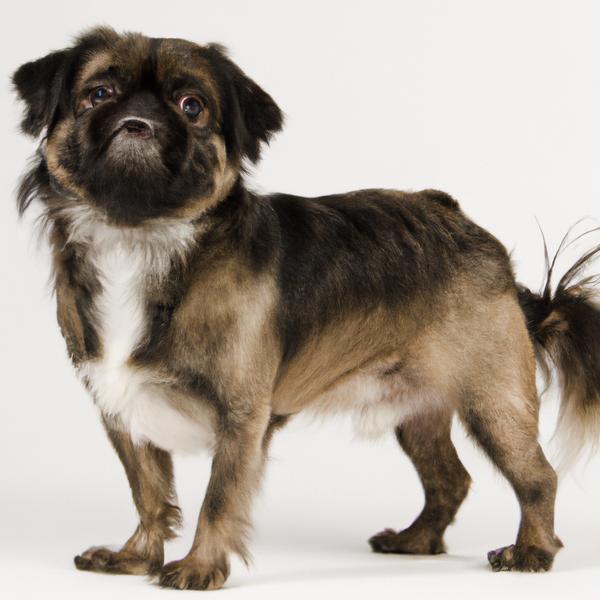
Pug-Zu
New Zealand Heading Dog vs Pug-Zu
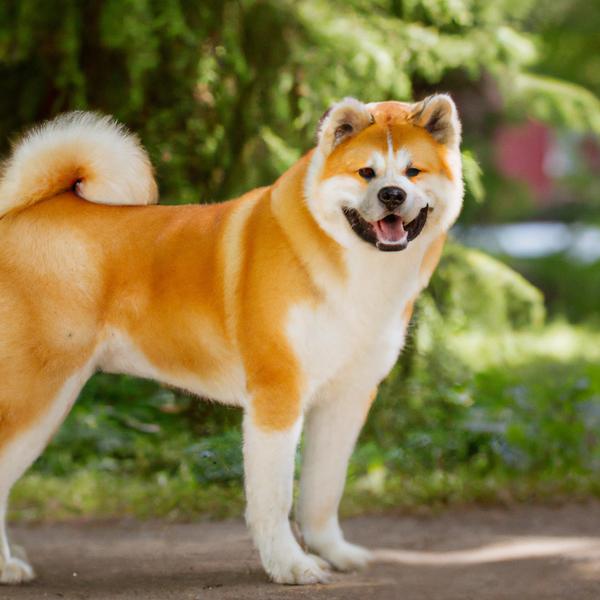
Akita Inu
New Zealand Heading Dog vs Akita Inu

English Cotralian
New Zealand Heading Dog vs English Cotralian
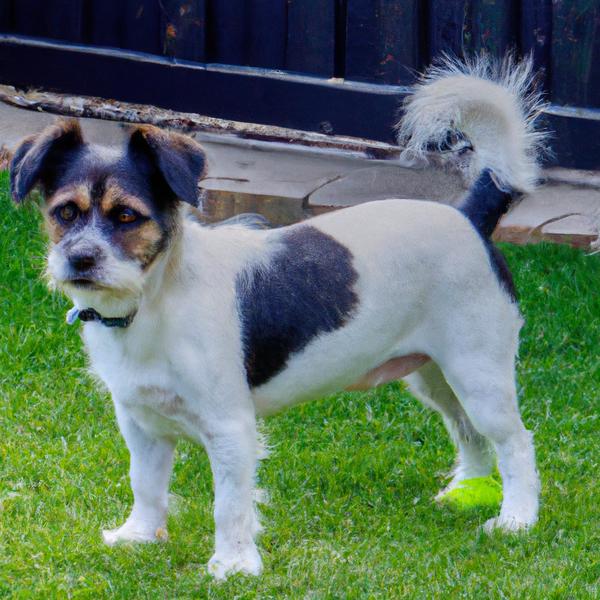
Silky Jack
New Zealand Heading Dog vs Silky Jack
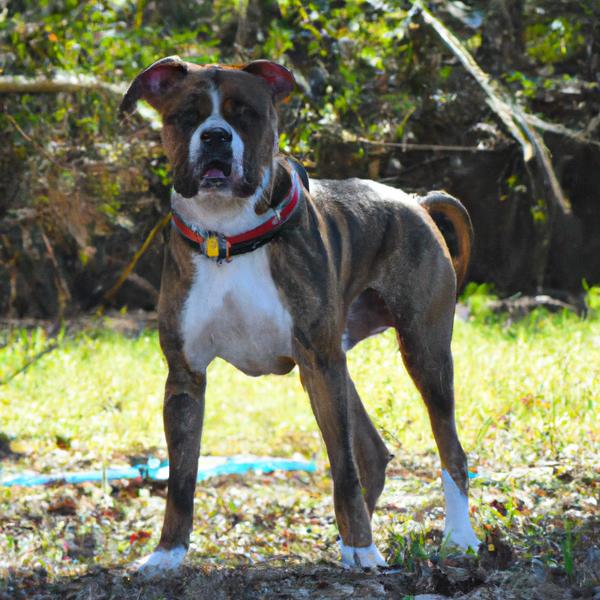
Bowzer
New Zealand Heading Dog vs Bowzer
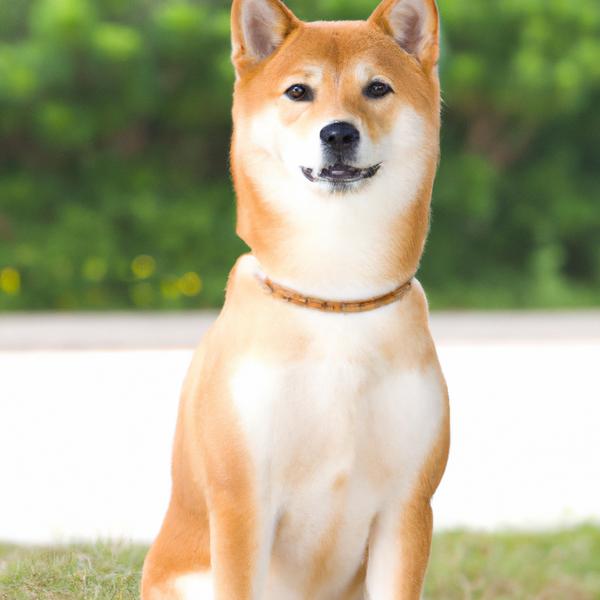
Shibos
New Zealand Heading Dog vs Shibos
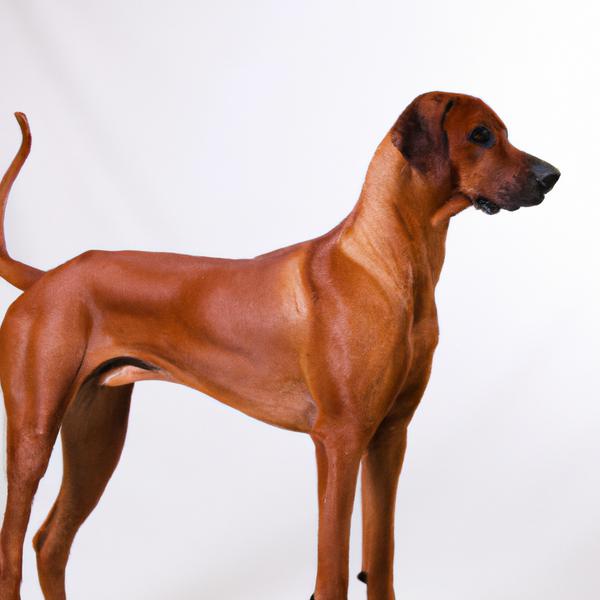
Rhodesian Ridgeback
New Zealand Heading Dog vs Rhodesian Ridgeback
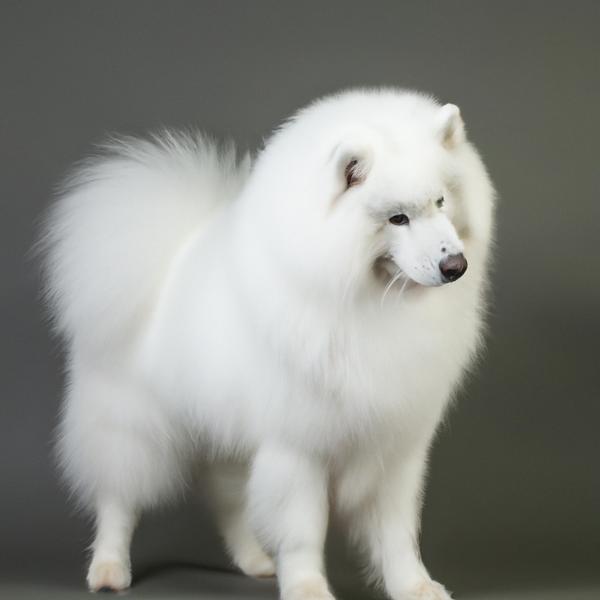
Samoyed
New Zealand Heading Dog vs Samoyed
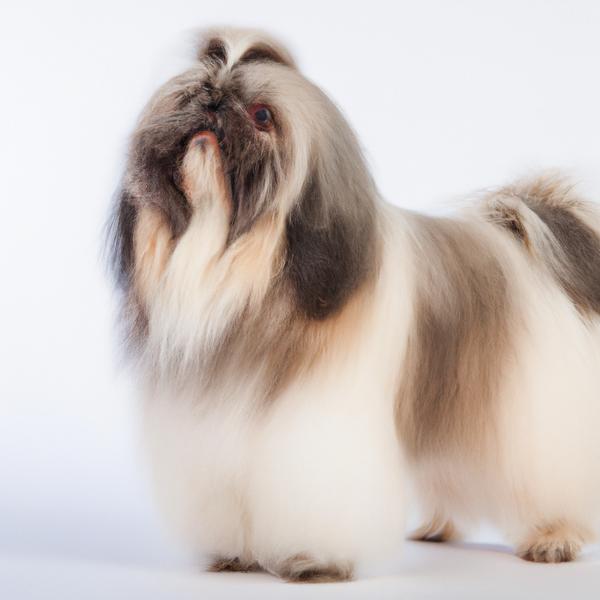
Crested Peke
New Zealand Heading Dog vs Crested Peke
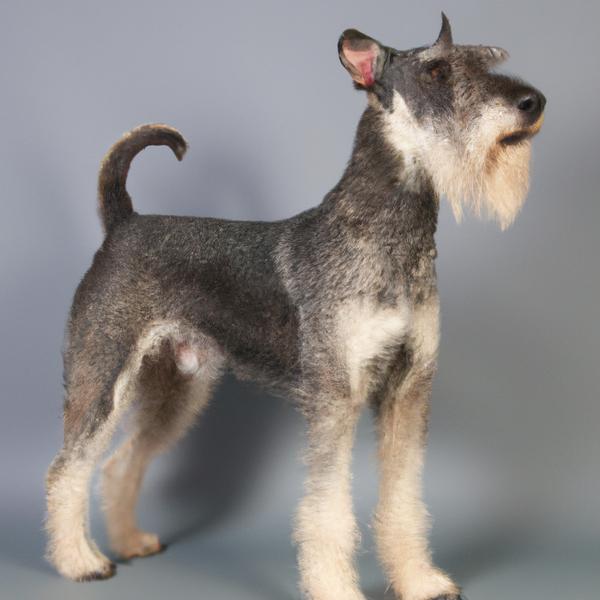
Standard Ratzer
New Zealand Heading Dog vs Standard Ratzer
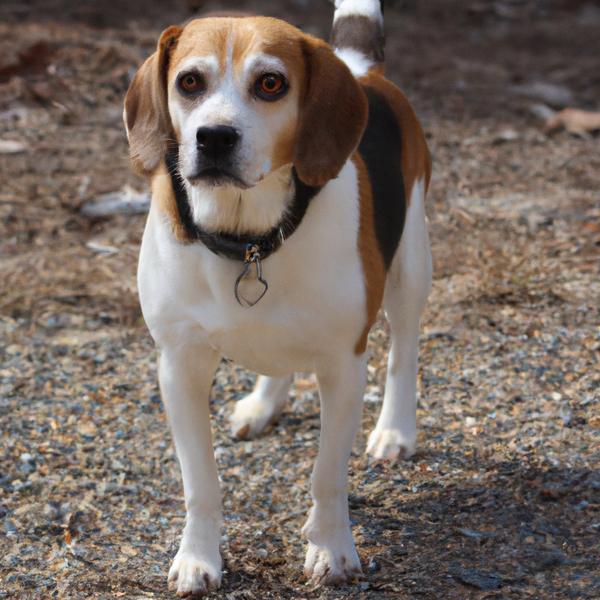
Beagle Point
New Zealand Heading Dog vs Beagle Point
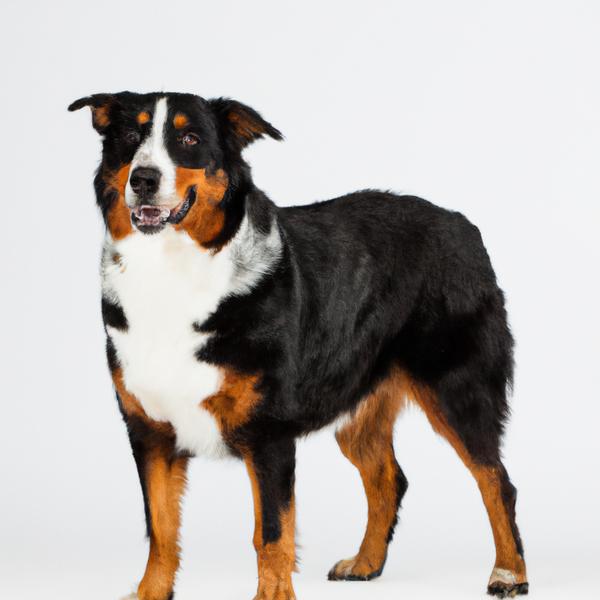
Bernese Cattle Dog
New Zealand Heading Dog vs Bernese Cattle Dog

